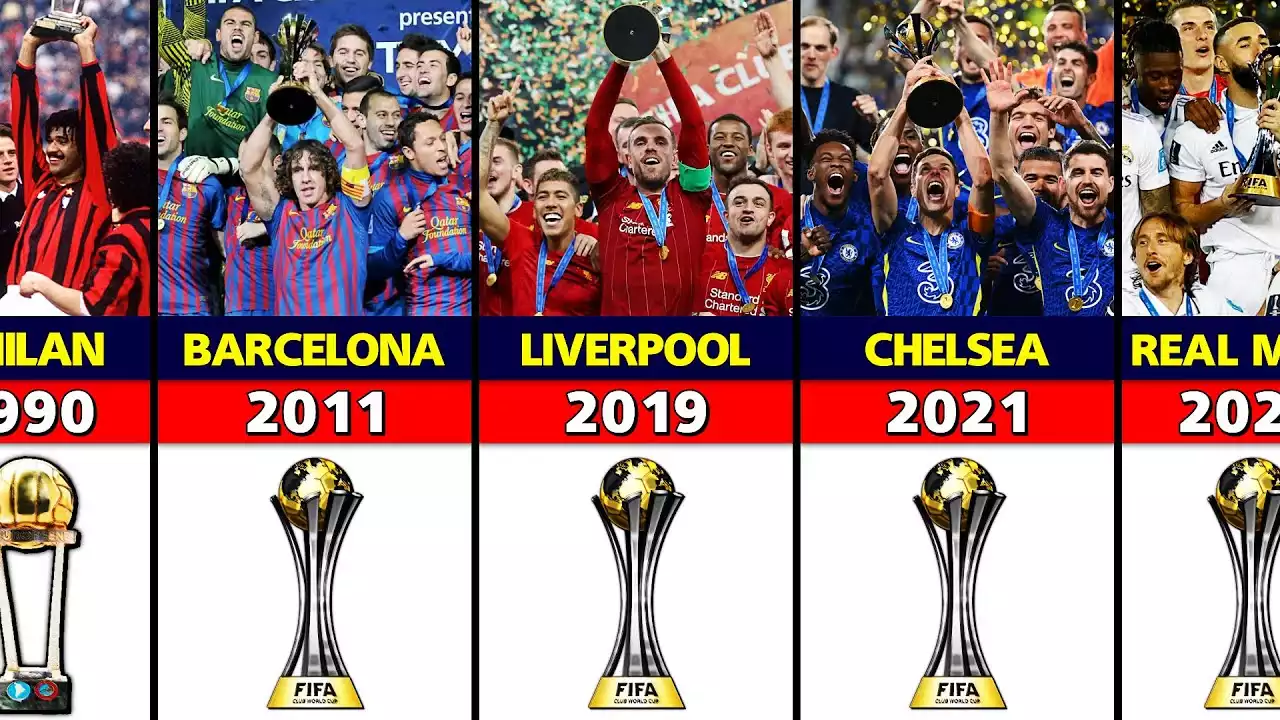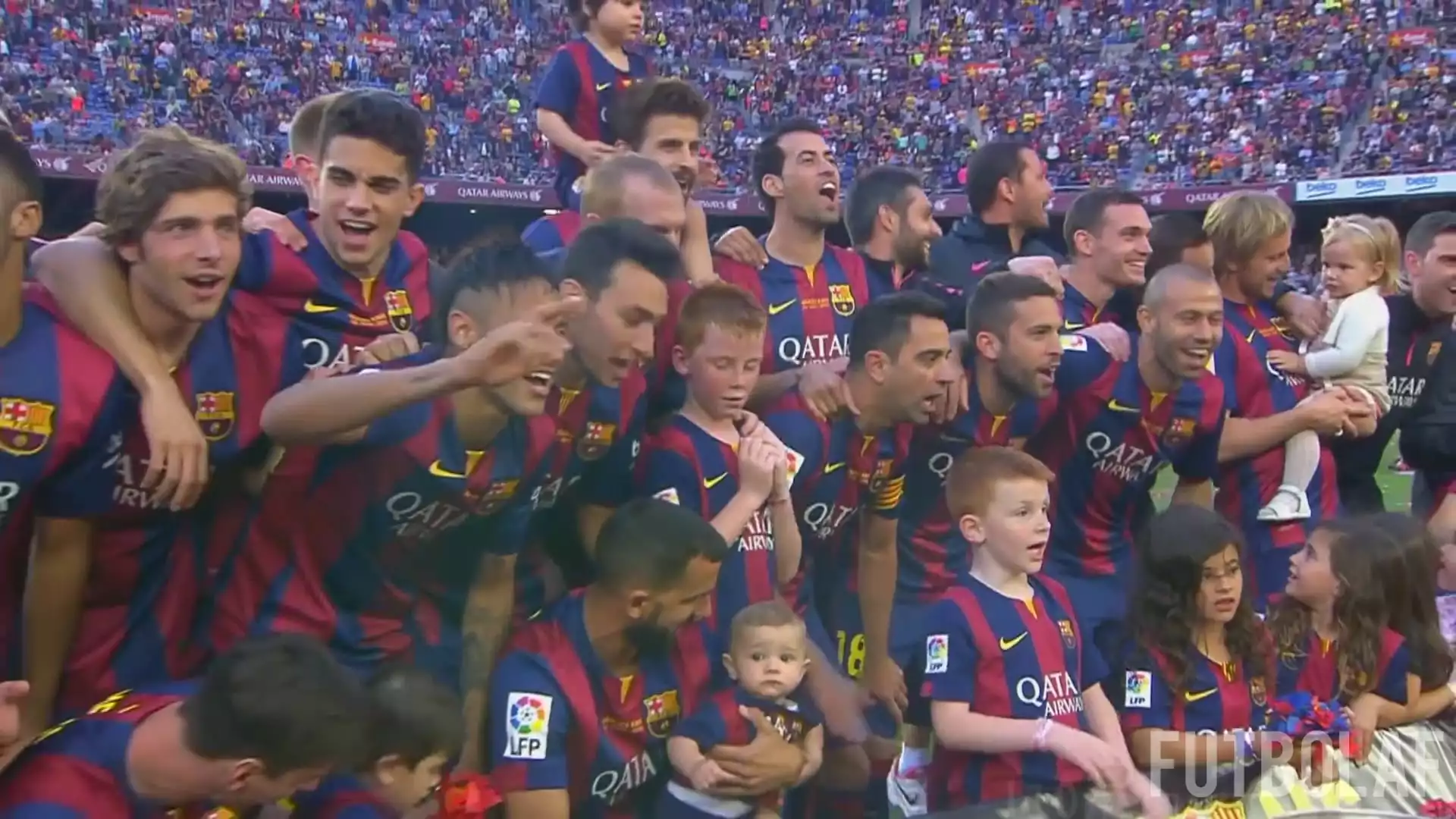Direct Entry into the FIFA Club World Cup
Direct entry guarantees a spot for teams that have already proved their worth through prior achievements. It ensures that the best clubs from each continent are represented, creating a highly competitive tournament. Fans get to see the top talent from around the globe face off, making for an exciting spectacle.
One of the main advantages of direct entry is that it allows the most successful clubs to participate in the Club World Cup. These clubs have already demonstrated their dominance in their respective regions, and granting them direct entry acknowledges their achievements. This ensures that the tournament features the highest level of competition, with the best teams from each continent battling it out on the global stage.
Moreover, direct entry eliminates the need for additional playoff matches, streamlining the qualification process. This saves time and reduces the risk of injuries to players, as they don't have to compete in extra matches that may not be necessary. Additionally, it allows clubs to focus on their domestic competitions without the added burden of playoffs.
However, direct entry does have its drawbacks. One of the main criticisms is that it may lead to a lack of diversity in the tournament. By only allowing the most successful clubs to participate, it may exclude teams from smaller or less competitive regions. This could result in a less representative tournament, where certain continents are overrepresented, while others are underrepresented.
Another drawback of direct entry is that it may lead to a predictable tournament format. With the same clubs participating year after year, fans may become less engaged, knowing that certain teams are almost guaranteed a spot. This could affect the overall excitement and viewership of the Club World Cup, as fans crave unpredictability and new matchups.
Playoffs for the FIFA Club World Cup
On the other hand, playoffs allow teams from different regions to compete for a chance to enter the tournament. This provides a level playing field, giving lesser-known clubs an opportunity to showcase their skills. It enhances the element of surprise and adds an underdog narrative to the tournament, capturing the hearts of fans worldwide.
One of the main advantages of playoffs is that it allows for the inclusion of teams from all continents, regardless of their past achievements. This creates a sense of fairness and ensures that clubs from smaller regions have a chance to participate. It also promotes the growth of football in these regions, as qualifying for the playoffs can be a great motivator for clubs to improve their performance.
Additionally, playoffs inject excitement into the qualification process. The knockout format adds an element of drama, where every match becomes crucial to a team's chances of making it to the Club World Cup. This creates captivating storylines and increases fan engagement, as they eagerly follow the progress of their favorite teams throughout the playoffs.
However, playoffs do have their drawbacks as well. One of the main criticisms is that the quality of teams in the tournament could be compromised. By allowing teams from smaller regions to enter through playoffs, there is a risk that some clubs may not be competitive enough to provide a high level of football. This could result in lopsided matches and a less thrilling tournament overall.
Another drawback of playoffs is the increased number of matches and the potential strain it puts on players. Participating in playoffs means additional fixtures for clubs, which could lead to fatigue and injuries. This is especially true for teams that have already had a long and demanding domestic season, as the additional matches could take a toll on their players.
Comparison between Direct Entry and Playoffs
Now that we have weighed the pros and cons of both direct entry and playoffs, let's compare the two approaches to determine which method is better for the FIFA Club World Cup.
Direct entry ensures that the tournament features the best clubs from each continent, guaranteeing a high level of competition. It rewards teams for their past achievements and eliminates the need for additional playoff matches. However, it may lead to a lack of diversity in the tournament and could result in a predictable format.
On the other hand, playoffs provide an opportunity for teams from all regions to compete for a chance to enter the Club World Cup. It creates a level playing field and adds excitement to the qualification process. However, it may compromise the quality of teams in the tournament and put additional strain on players.
Ultimately, the decision between direct entry and playoffs depends on finding a balance between competitiveness and inclusivity. FIFA needs to consider the global appeal of the tournament, while also ensuring that the best teams are represented. Perhaps a combination of both approaches could be the ideal solution, where direct entry is granted to the most successful clubs, while playoffs are used to determine the remaining spots.
Which method is better?
Choosing between direct entry and playoffs for the FIFA Club World Cup is not an easy task. Both approaches have their merits and drawbacks, and it's crucial to strike a balance that satisfies the needs of fans, clubs, and FIFA itself.
Direct entry guarantees a high level of competition, showcasing the best clubs from each continent. It rewards past achievements and eliminates the need for additional matches. However, it may result in a less diverse tournament and could lead to predictability.
On the other hand, playoffs provide an inclusive platform for teams from all regions to showcase their skills. It adds excitement to the qualification process and creates captivating storylines. However, it may compromise the quality of teams in the tournament and put additional strain on players.
In the end, FIFA should consider a hybrid approach that combines the strengths of both direct entry and playoffs. This would ensure that the tournament features the best clubs while also providing opportunities for lesser-known teams to participate. Striking the right balance is crucial to maintaining the competitiveness and inclusivity of the FIFA Club World Cup.
Final thoughts on the FIFA Club World Cup format
The format of the FIFA Club World Cup is a topic that will continue to generate discussion and debate among football fans and experts. Finding the right balance between direct entry and playoffs is crucial to ensure the tournament remains exciting, competitive, and inclusive.
While no format is perfect, FIFA has the responsibility to carefully evaluate the pros and cons of each approach and make decisions that benefit the global football community as a whole. Whether it's through direct entry, playoffs, or a combination of both, the ultimate goal should be to provide fans with a thrilling and memorable tournament that showcases the best football talent from around the world.
As the FIFA Club World Cup continues to evolve, it's important to keep an open mind and embrace new ideas that can enhance the overall experience for fans, players, and clubs. The debate between direct entry and playoffs is just one aspect of the tournament's format, and there are many other factors to consider.
In the end, the FIFA Club World Cup is a celebration of the beautiful game and a platform for clubs to compete on a global stage. Regardless of the format, it's the passion, skill, and sportsmanship displayed by the players that truly captivate audiences and make the tournament a truly memorable event.
So, as we eagerly await the next edition of the FIFA Club World Cup, let's continue to appreciate the diversity of football and the joy it brings to fans around the world. Whether it's through direct entry, playoffs, or any other format, the tournament remains a testament to the global appeal and unifying power of the beautiful game.










